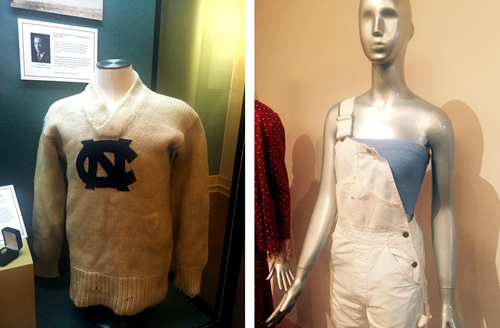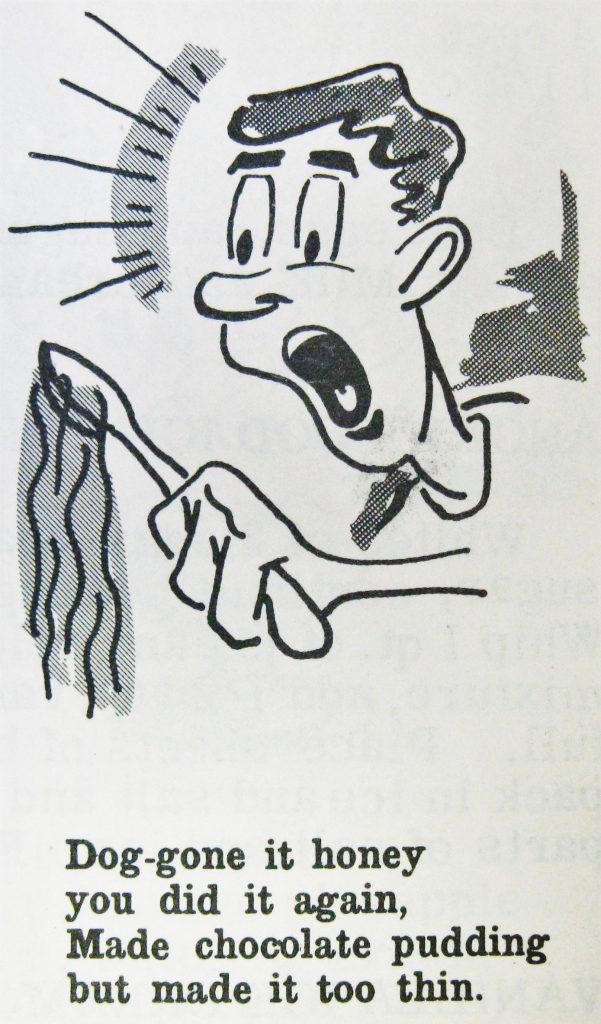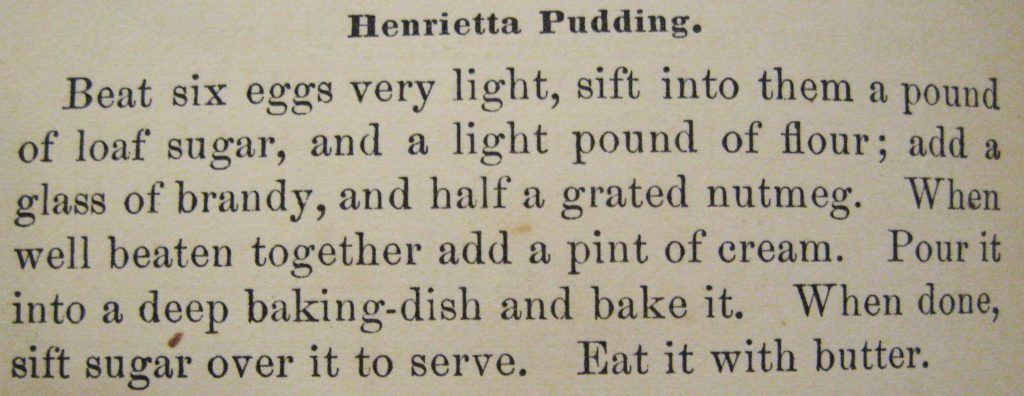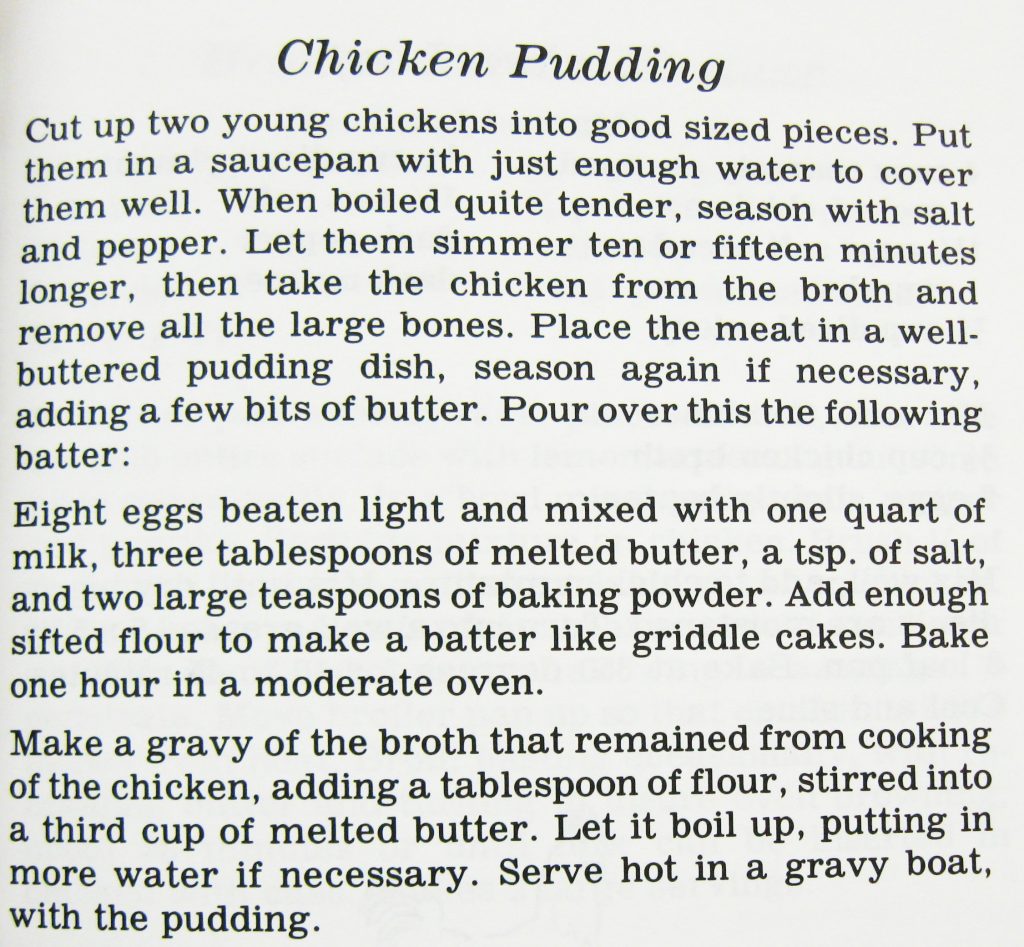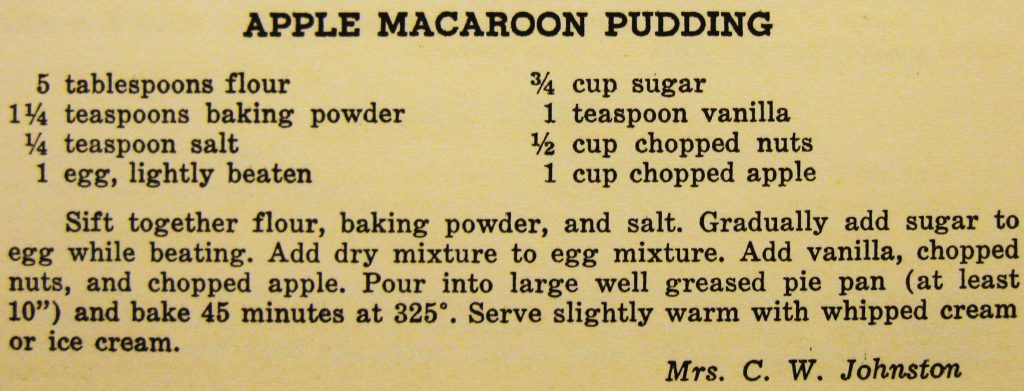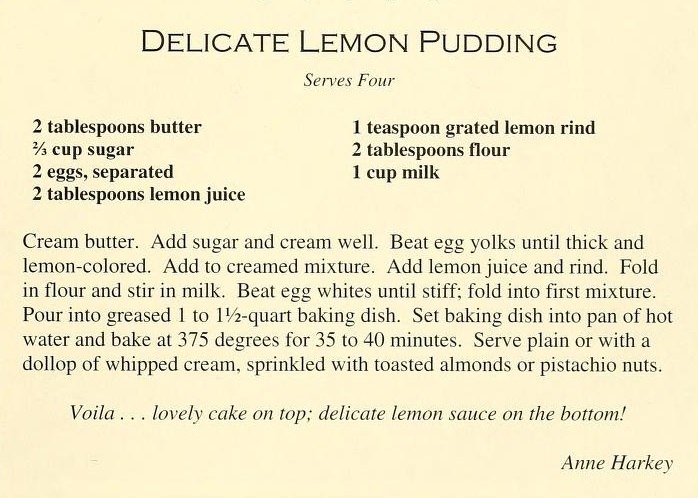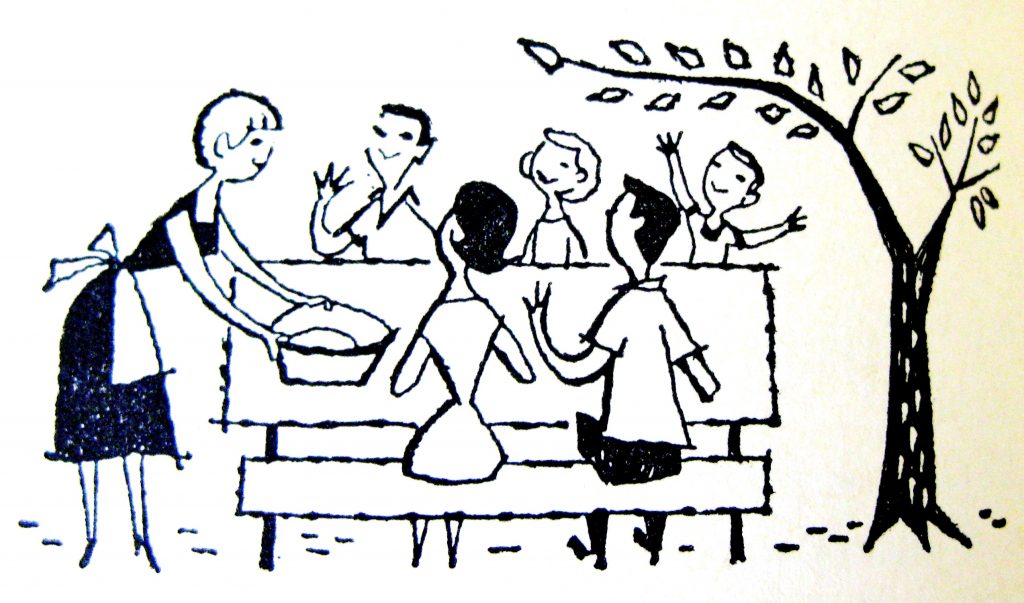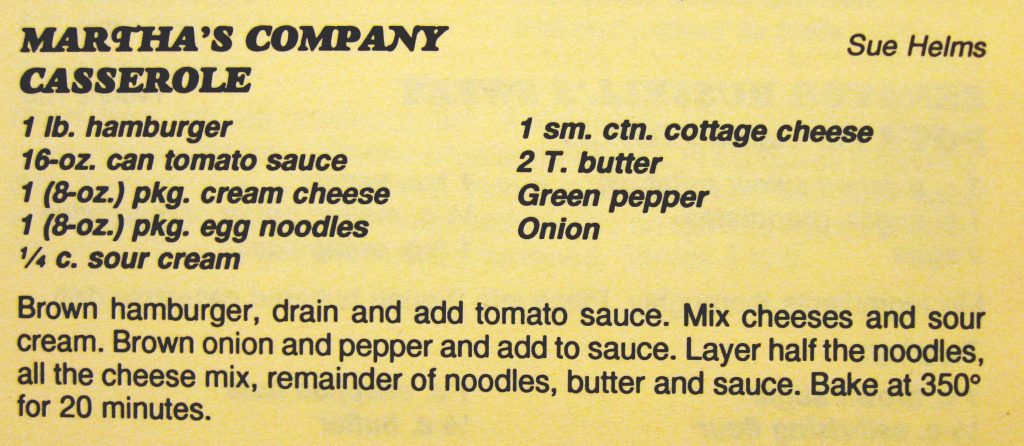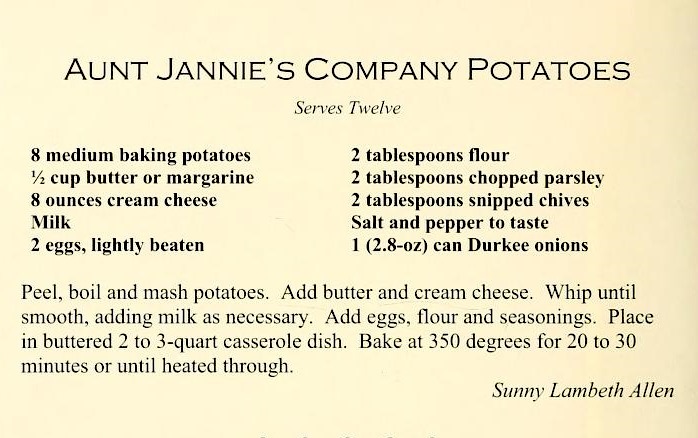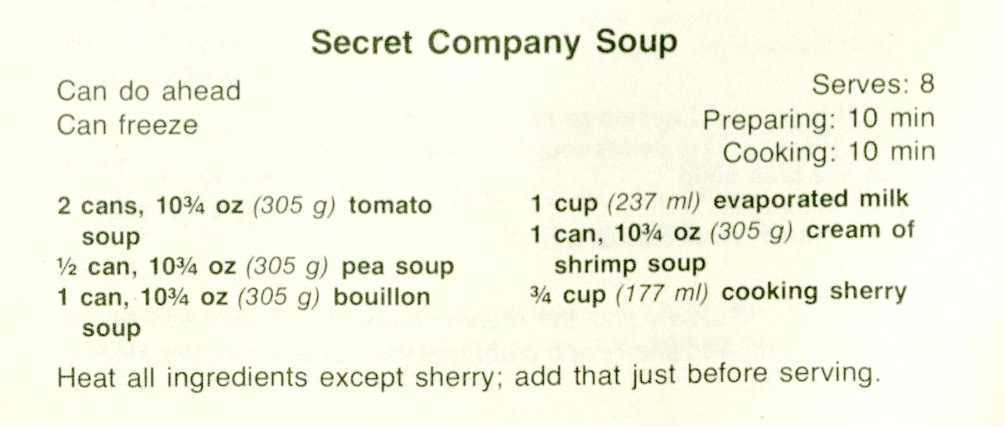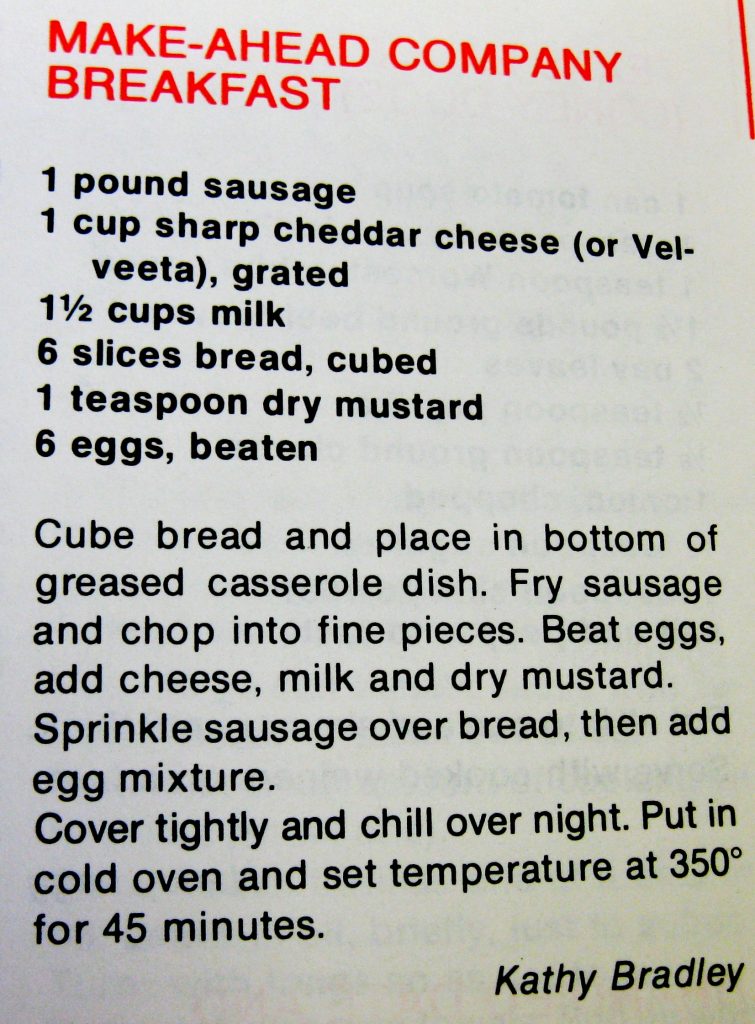“I was born and reared in a major tobacco-growing and manufacturing state, Virginia, and was educated and lived for a long time in an even more important tobacco state, North Carolina. In that environment it was difficult not to be seduced at an early age into making cigarettes part of one’s way of life.
“Back in the 1940s salesmen from such nearby cigarette-producing citadels as Richmond, Durham and Winston-Salem used to swarm like grasshoppers all over the campuses of the upper South, hustling their wares. Usually dressed in seersucker suits and wearing evangelical smiles, they’d accost you between classes and press into your palm little complimentary packs of four Lucky Strikes or Chesterfields, give you a pep talk and try to sell you their brand. If you were not a smoker, which was rare at a time when cigarettes were not only in vogue but the norm, you would soon become one, made helpless by the unremitting largesse….”
— From “My Generation: Collected Nonfiction” by William Styron (2015)

